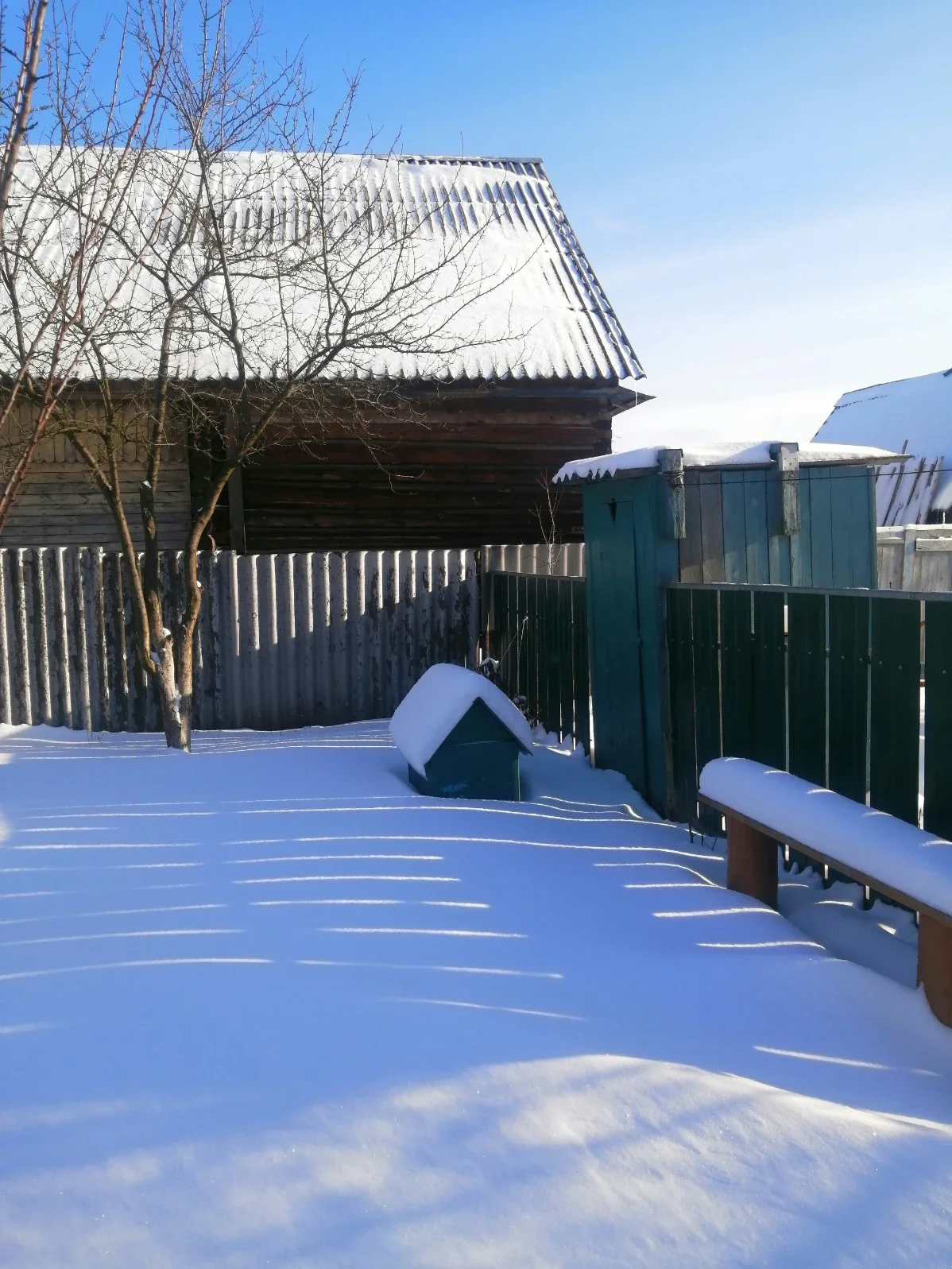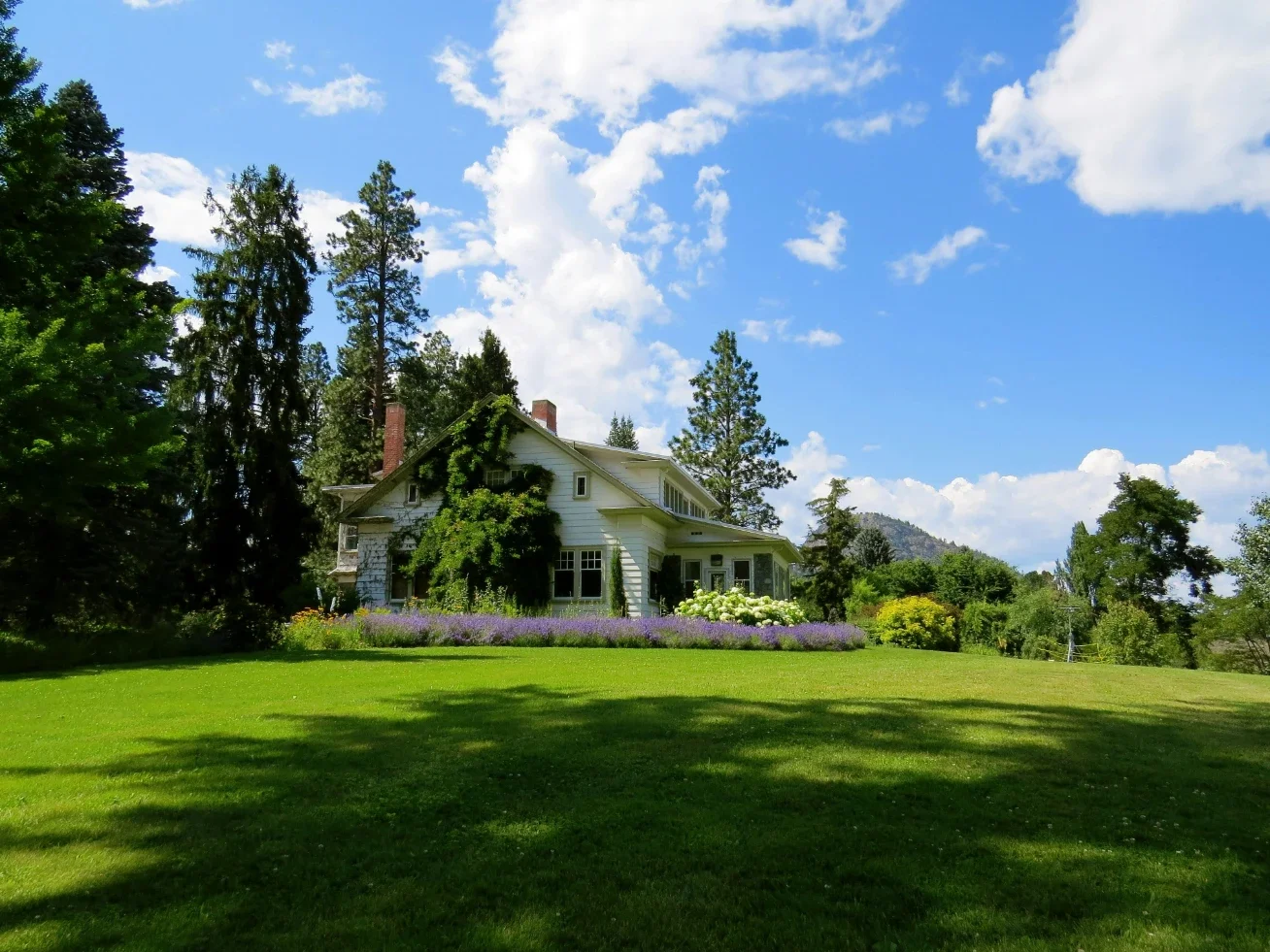When to Cut Back Ornamental Grasses
Discover the ideal timing for cutting back different types of ornamental grasses to maintain their beauty and health throughout the seasons. Learn practical tips and common mistakes to avoid for thriving garden grasses.
There's something almost magical about the way ornamental grasses dance in the breeze, isn't there? From their graceful summer sway to the golden hues they adopt in fall, these versatile plants add movement, texture, and year-round interest to any landscape. But here's the thing—knowing when to cut back ornamental grasses can make or break their performance in your garden. Cut too early, and you'll miss out on winter interest; too late, and you might damage new growth. I've spent years figuring out the perfect timing through trial and error (and yes, quite a few mistakes along the way!).
In this guide, I'll walk you through everything you need to know about when to cut back ornamental grasses based on their type, your climate, and what you're hoping to achieve in your garden. Whether you're a seasoned gardener or just planted your first Miscanthus, you'll find practical advice that'll help your grasses thrive season after season.
Understanding the Growth Cycles of Ornamental Grasses
Before diving scissors-first into your garden, it's worth understanding how these remarkable plants grow throughout the year. Ornamental grasses generally fall into two main categories:
Cool-Season vs. Warm-Season Grasses
Cool-season grasses wake up early in spring and put on their best show during the cooler months of spring and fall. They often go somewhat dormant during the hottest parts of summer. Examples include fescues, blue oat grass, and tufted hair grass.
Warm-season grasses, on the other hand, are late risers. They begin their active growth when soil temperatures warm up, usually in late spring, and continue growing vigorously through the heat of summer. These include showstoppers like switchgrass, maiden grass, and fountain grass.
This distinction isn't just botanical trivia—it's absolutely crucial when determining when to cut back ornamental grasses in your landscape. The timing differs significantly between these two types, and getting it wrong can leave you with either a mess of dead foliage or accidental damage to emerging growth.
The Best Time to Cut Back Cool-Season Ornamental Grasses
Cool-season grasses march to their own drummer when it comes to maintenance. Here's when and how to handle them:
Early Spring Trimming
For most cool-season grasses, early spring—typically late February to early March in most regions—is your sweet spot for cutting back. By this time, they've already started waking up from their winter nap and are ready for a fresh start.
When trimming cool-season varieties, don't go overboard! Unlike their warm-season cousins, these grasses benefit from a gentler approach. Instead of cutting them to the ground, aim to remove just the tattered, brown foliage, leaving about one-third of the plant intact. This conservative haircut helps them bounce back more quickly without sacrificing their early spring growth spurt.
Blue fescue, for instance, appreciates being cut back to about 3-4 inches above ground level. If you shear it too severely, you might end up with a plant that looks like it's having a bad hair day for weeks afterward!
Rejuvenation Cutting for Older Plants
If you've noticed your cool-season grasses looking a bit tired, with centers that seem dead or sparse, it might be time for a more dramatic intervention. Every few years, typically in early to mid-spring, you can divide and rejuvenate these grasses by digging them up, splitting the clumps, and replanting. This is also an excellent opportunity for a more substantial cutback, removing not just the old foliage but also the tired central portions of the plant.
When to Cut Back Warm-Season Ornamental Grasses
Warm-season grasses follow a different timeline, and their cutting schedule needs to be adjusted accordingly. Here's the lowdown:
Late Winter/Early Spring Timing
The golden rule with warm-season grasses is to leave them standing through winter. Not only do they provide gorgeous winter interest with their plumes and seed heads catching the frost, but they also offer valuable shelter for wildlife during the cold months.
The ideal window for cutting back these grasses is late winter to very early spring—just before new growth begins to emerge. In most regions, this falls somewhere between late February and early April, depending on your climate zone.
You'll know it's time when you notice the first hints of green appearing at the base of the plants, or when the last hard freezes of winter have passed. Wait too long, and you'll be wrestling with a mix of dead and new growth, which is neither fun nor good for the plant.
The Clean Cut Approach
Unlike their cool-season counterparts, warm-season grasses benefit from a more dramatic haircut. Grab your sharpest hedge shears or a sturdy string trimmer, and cut these grasses back to about 4-6 inches above ground level. This clean-sweep approach removes all the dead foliage, making way for the fresh new growth that's raring to go.
For massive specimens like Miscanthus or Ravenna grass, you might want to first wrap the plant with twine to keep it bundled together, making the cutting (and subsequent cleanup) much more manageable. Trust me on this one—skipping this step can leave you chasing dried grass blades around your garden for days!
Regional Timing Considerations for Cutting Back Ornamental Grasses
Mother Nature doesn't follow the same schedule everywhere, and neither should your garden maintenance. When to cut back ornamental grasses varies significantly depending on where you live:
Northern Climates (Zones 3-5)
In colder regions, spring arrives fashionably late, and so should your grass cutting. Wait until the ground has thawed and the risk of severe frost has passed—typically April or even early May in the northernmost areas.
The winters up north are harsh enough without exposing newly cut grass crowns to polar vortex conditions. Leaving the dried foliage in place through the depths of winter provides valuable insulation for the crown of the plant—think of it as a natural winter coat.
Moderate Climates (Zones 6-8)
The timing sweet spot in these regions typically falls between late February and March. You've got more flexibility here, as the winters aren't typically harsh enough to damage the crown, but spring arrives early enough that you need to get your cutting done before the new growth really takes off.
Southern Gardens (Zones 9-10)
Lucky you! In these warm regions, grasses may retain some green throughout winter, and the cutting window opens much earlier. January to early February is often ideal for warm-season grasses in southern gardens, as they'll break dormancy sooner than their northern counterparts.
Some evergreen ornamental grasses in these regions may never need cutting back in the traditional sense, instead benefiting from occasional grooming to remove dead blades and maintain their shape.
Special Cases: When the Regular Rules Don't Apply
Gardening is more art than science, and there are always exceptions to the rules. Here are some special scenarios that might call for a different approach to cutting back ornamental grasses:
Evergreen Ornamental Grasses
Some ornamental grasses, like certain carex varieties or Japanese forest grass, maintain their color year-round. These evergreen types don't need the same dramatic cutbacks as deciduous varieties. Instead, they benefit from light grooming:
Remove dead or damaged blades as needed
Lightly comb through the plant with gloved hands to remove dead material
Consider a moderate trim of just a few inches in early spring to refresh their appearance
Ornamental Grasses in Container Gardens
Potted grasses face different challenges than their in-ground siblings. They're more exposed to temperature extremes and typically dry out faster. For container grasses:
Cut back cool-season grasses in containers earlier than you would in-ground plants—typically in late winter
Protect the crowns of container grasses in very cold regions by moving pots to a sheltered location
Consider a slightly higher cut (leaving 6-8 inches) for container specimens to provide some protection for the crown
First-Year Plantings
Newly planted grasses need special consideration. During their first year in your garden:
Consider a lighter trim rather than a severe cutback
Wait until you're certain the plant is actively growing before cutting
Provide extra mulch around the base after cutting to protect the establishing crown
Tools and Techniques for Cutting Back Ornamental Grasses
Having the right tools for the job can make cutting back ornamental grasses a breeze rather than a chore:
Essential Tools
Hand pruners: Perfect for smaller grasses or detail work
Hedge shears: The workhorse tool for most medium-sized grasses
Electric hedge trimmer: A back-saving option for larger grass varieties
String trimmer: Excellent for the largest grasses, though less precise
Gloves: Absolutely essential—many grass blades have sharp edges
Garden twine: For bundling larger grasses before cutting
Tarp: Makes cleanup infinitely easier
Step-by-Step Cutting Technique
Bundle large grasses with garden twine, wrapping it around the circumference of the plant to create a neat sheaf
Place a tarp around the base of the plant to catch the cuttings
Make your cut at the appropriate height depending on the grass type
Dispose of cuttings in your compost pile or yard waste collection
Apply a light topdressing of compost around the base of cut grasses to provide nutrients for new growth
Common Mistakes When Cutting Back Ornamental Grasses
Even experienced gardeners sometimes make these blunders when it comes to grass maintenance:
Cutting at the Wrong Time
Timing is everything! Cutting cool-season grasses too late can damage emerging growth, while cutting warm-season varieties too early removes valuable winter protection.
Cutting Too Low
While warm-season grasses tolerate a short haircut, cutting below 3-4 inches can damage the crown of the plant. When in doubt, leave a little more height—you can always trim again if needed.
Neglecting Tool Maintenance
Dull shears create torn, ragged cuts that stress the plant and look unsightly. Keep your tools clean and sharp for clean cuts that promote healthy regrowth.
Ignoring Safety Precautions
Those innocent-looking grass blades can deliver paper-cut-like slices that sting for days. Always wear sturdy gloves, long sleeves, and eye protection when cutting back larger grasses.
Conclusion
Knowing when to cut back ornamental grasses is one of those garden skills that seems simple but has surprising depth. Timing your cuts properly—based on grass type, climate, and growing conditions—rewards you with healthier plants, better displays, and less frustration. Rather than sticking to a rigid calendar, learn to read your plants and weather patterns. With practice, you'll develop an intuitive sense for that perfect cutting window. Your ornamental grasses will thank you with lush growth, stunning seasonal displays, and that magical sway that brings your garden to life through all four seasons.
Frequently Asked Questions
Q1: Can I cut my ornamental grasses in the fall instead of spring?
A: While it's tempting to tidy up in fall, it's generally better to wait until late winter or early spring. The dried foliage not only provides winter interest and wildlife habitat but also protects the crown of the plant during freezing weather. If you absolutely must cut in fall for aesthetic reasons, wait until the plant is completely dormant and consider providing extra mulch around the crown for winter protection.
Q2: My grass has a dead center—what's going on?
A: This common issue, sometimes called "donut die-out," happens as grasses mature. The center of the clump dies while the outer portions continue to grow. When you notice this happening, it's time to divide your grass. Cut it back, dig up the entire clump, remove the dead center, and replant the healthy outer portions.
Q3: How do I know if my ornamental grass is a cool-season or warm-season type?
A: Observation is your best guide. Cool-season grasses green up early in spring and may go dormant or look stressed during the hottest part of summer. Warm-season grasses start growing later in spring and thrive during summer heat. If you're not sure, try searching for your specific grass variety online or consult your local extension office.
Q4: Can I use the cut grass for anything, or should I just throw it away?
A: Ornamental grass cuttings make excellent additions to the compost pile. You can also use them as mulch in other parts of your garden, though you may want to chop them into smaller pieces first. Some crafters even use dried ornamental grass plumes in floral arrangements or decorative projects.
Q5: Will cutting my ornamental grasses affect their flowering?
A: When done at the proper time, cutting back grasses won't affect their flowering. In fact, regular maintenance encourages vigorous growth and better flowering. If you cut warm-season grasses too late in spring, however, you might delay or reduce flowering for that season.

































